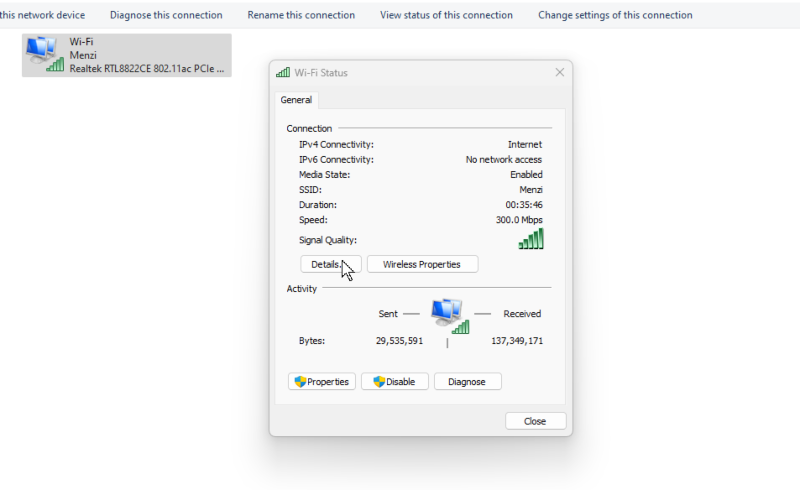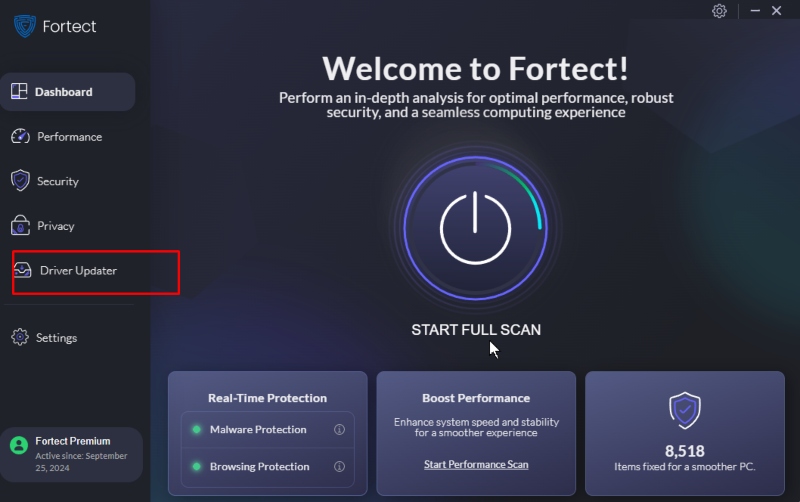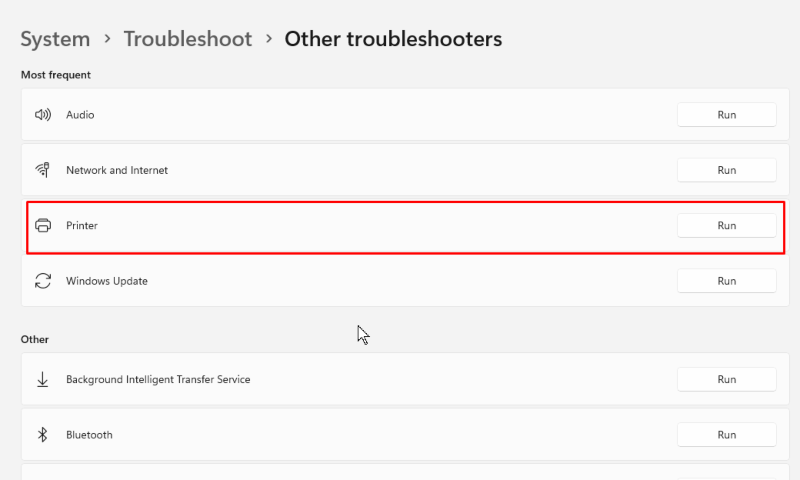How to Fix Network Printer Not Showing Up in Windows 11/10
It can be frustrating when a network printer does not appear in Windows 11/10, especially when you need to print documents quickly. This issue can stem from various reasons, including connectivity problems, incorrect settings, or driver issues. Fortunately, you can take several troubleshooting steps to resolve this problem.
We will look at the common causes and provide solutions to help you get your network printer working again.
Reasons Why Your Network Printer Is Not Showing Up
Connectivity Issues
- If your Printer is connected to a network different from your computer, it will appear in the list of available printers. This can happen if the Printer is connected to a different Wi-Fi network or has connection problems.
Outdated or Incorrect Printer Drivers
- Printer drivers are essential for your computer to communicate with your Printer. If the drivers are obsolete or incorrectly installed, Windows may not detect your Printer.
Printer Sharing Settings
- If you’re trying to access a printer shared by another computer, the sharing settings may not be configured correctly, preventing it from appearing in your list of available printers.
Windows Firewall or Antivirus Interference
- Windows Firewall or third-party antivirus software may sometimes block network connections, including printer access. This can prevent your Printer from showing up in the network settings.
Printer Power or Configuration Issues
- If the Printer is turned off, in sleep mode, or improperly configured, it may not be discoverable on the network.
7 Ways to Fix Network Printer Not Showing Up
Check Your Network Connection
Ensuring that both your computer and Printer are connected to the same network is crucial for them to communicate. Your Printer will only appear on your device with a proper network connection.

Steps:
- Verify that your Printer is connected to the Wi-Fi network. You can do this through the Printer’s control panel or settings menu.
- On your computer, go to Settings > Network & Internet and check if you’re connected to the same network as the Printer.
- If needed, reconnect both devices to the same network.
Update or Reinstall Printer Drivers
Outdated or corrupt printer drivers can prevent Windows from detecting your Printer. Updating or reinstalling these drivers ensures proper communication between your computer and Printer.
Steps:
- Open Device Manager by right-clicking the Start button and selecting it from the menu.
- Expand the Printers section, right-click on your Printer, and select Update driver.
- Choose Search automatically for updated driver software and follow the prompts.
- If the Printer is not listed, you may need to download the latest drivers from the manufacturer’s website and install them manually.
Alternatively, consider investing in a third-party PC repair tool with an automatic driver updater, like Fortect.

Fortect driver updater functionality automatically scans all the installed drivers on your Windows system, identifying any that are faulty, corrupted, or outdated. It repairs and updates these drivers, including your printer driver, while optimizing your computer’s performance.
Download and install Fortect now.
Configure Printer Sharing Settings
If you are trying to access a shared printer, the hosting computer’s sharing settings must be correctly configured so the Printer can appear on your network.
Steps:
- On the computer where the Printer is connected, open Settings > Devices > Printers & scanners.
- Select your Printer and click on Manage.
- Click on Printer properties, go to the Sharing tab, and ensure that Share this Printer is checked.
- Note the share name for the Printer, as you may need it to connect from another device.
Disable Windows Firewall or Antivirus Temporarily
Firewalls and antivirus software can block network communication, including printer access. Temporarily turning these off can help determine if they are causing the issue.
Steps:
- Open Windows Security by searching for it in the Start menu.
- Go to Firewall & Network Protection and temporarily turn off the Firewall for your active network.
- If you’re using a third-party antivirus, open the application and look for an option to disable it temporarily.
- After doing this, check if the Printer shows up. If it does, remember to re-enable your firewall and antivirus software afterward.
Power Cycle Your Printer
Restarting your Printer can sometimes resolve temporary glitches that prevent it from connecting to the network.
Steps:
- Please turn off your Printer and unplug it from the power source.
- Wait about 1-2 minutes before plugging it back in and turning it on.
- Check if the Printer appears in Windows.
Use the Printer Troubleshooter
Windows includes a built-in troubleshooter specifically for printer issues. Running this tool can help identify and fix common problems automatically.

Steps:
- Go to Settings > Update & Security > Troubleshoot.
- Click on Additional Troubleshooters.
- Select Printer and click on Run the troubleshooter.
- Follow the on-screen instructions to diagnose and fix any issues.
Add Printer Manually
If your Printer still doesn’t show up, you can manually add it using its IP address to ensure that Windows recognizes it.
Steps:
- Open Settings > Devices > Printers & scanners.
- Click on Add a printer or scanner.
- If your Printer doesn’t appear, click on The Printer I want, which isn’t listed.
- Select Add a printer using a TCP/IP address or hostname and click Next.
- Enter the Printer’s IP address and follow the prompts to complete the setup.
Conclusion
A network printer that doesn’t appear in Windows 10 or 11 can be a hassle, but it’s usually a fixable issue. By checking your network connection, updating printer drivers, configuring sharing settings, and using troubleshooting tools, you can resolve the problem and get back to printing quickly.
Maintaining your Printer’s software and ensuring all devices are connected to the same network are crucial steps to prevent future issues. With these solutions, your network printer should function smoothly again, allowing you to enjoy seamless printing from your Windows device.




